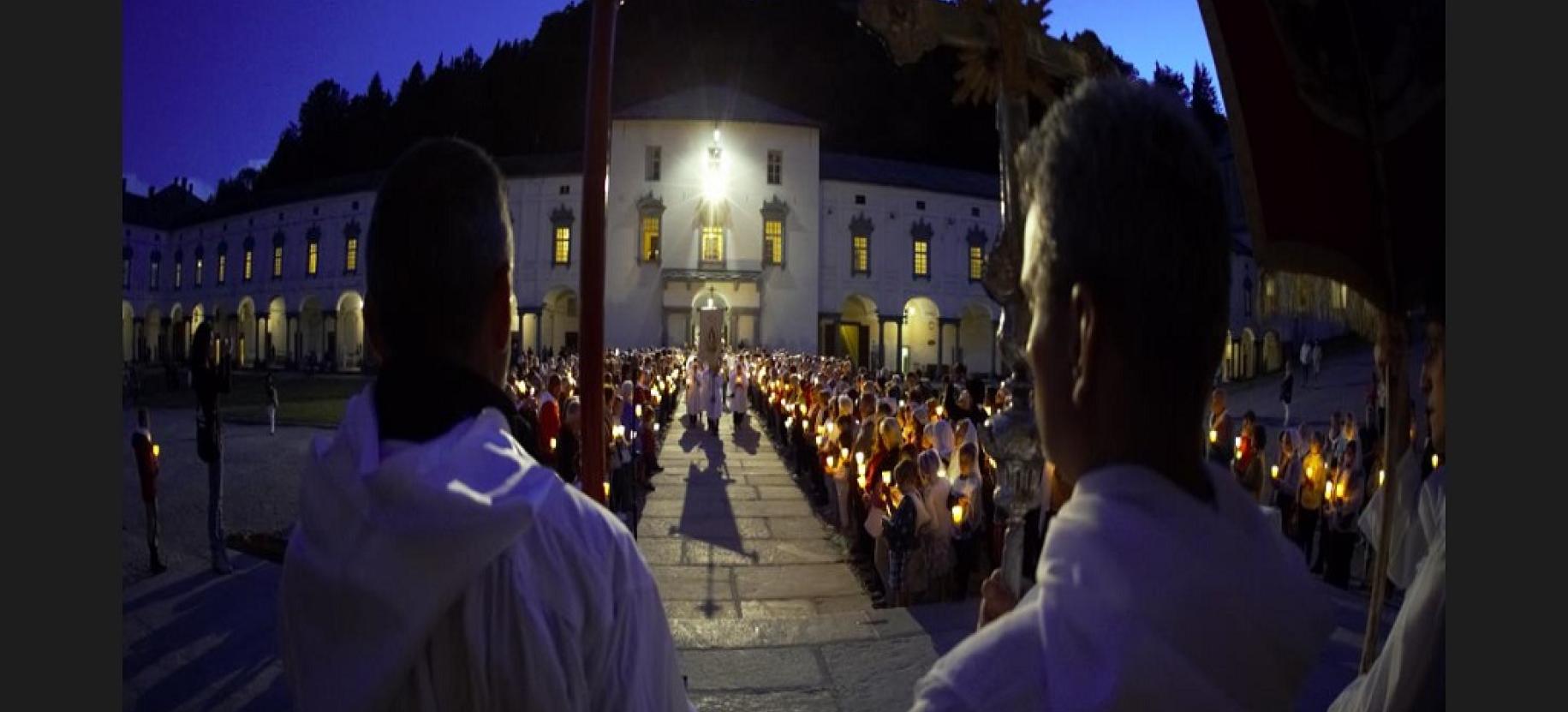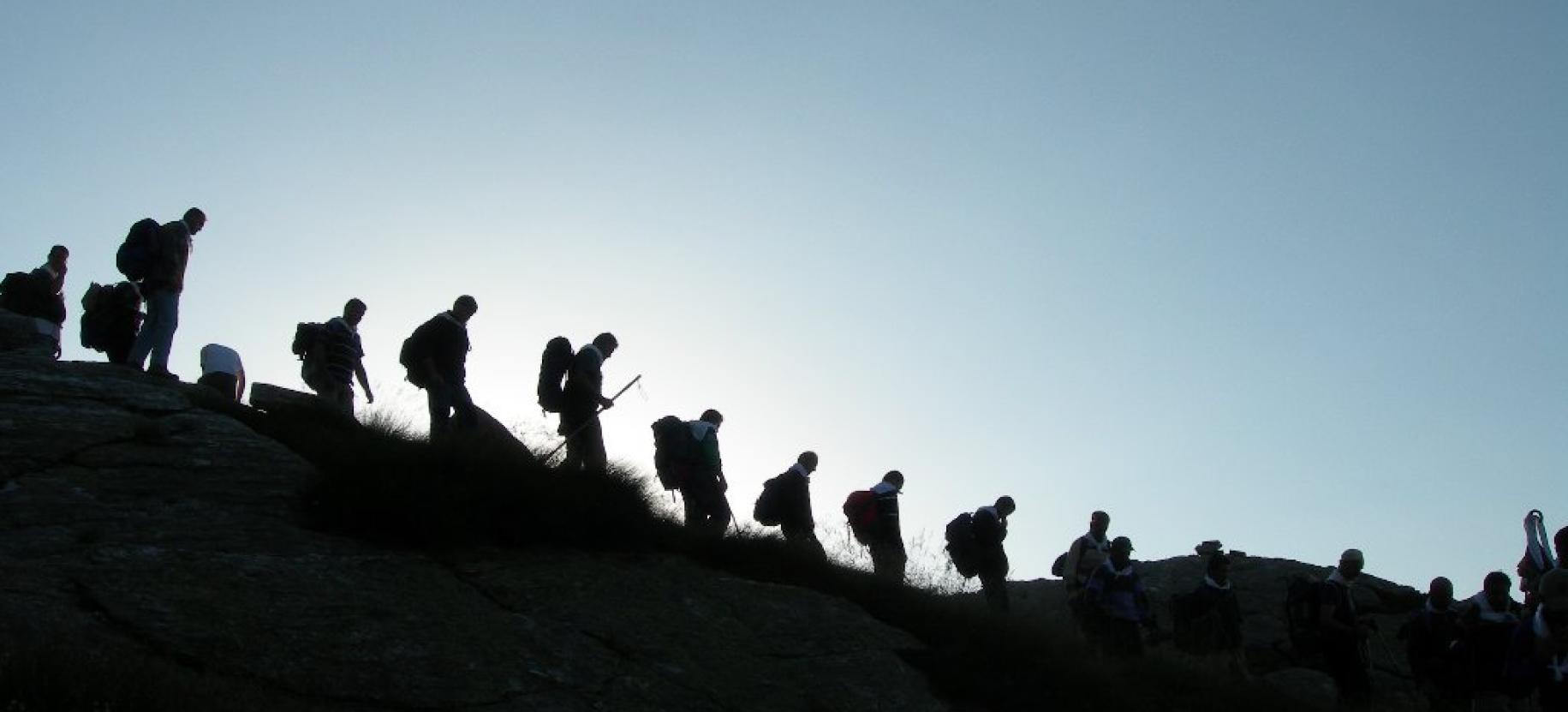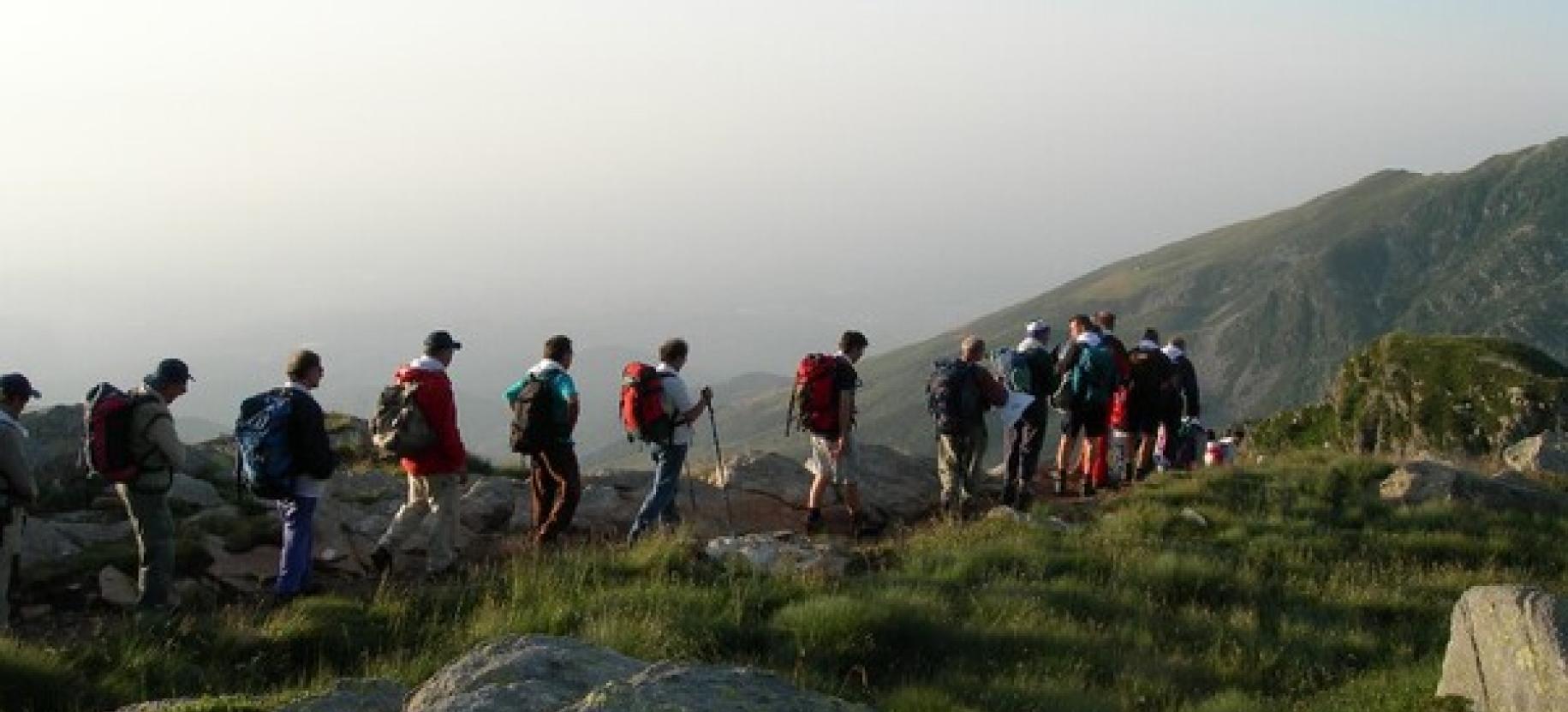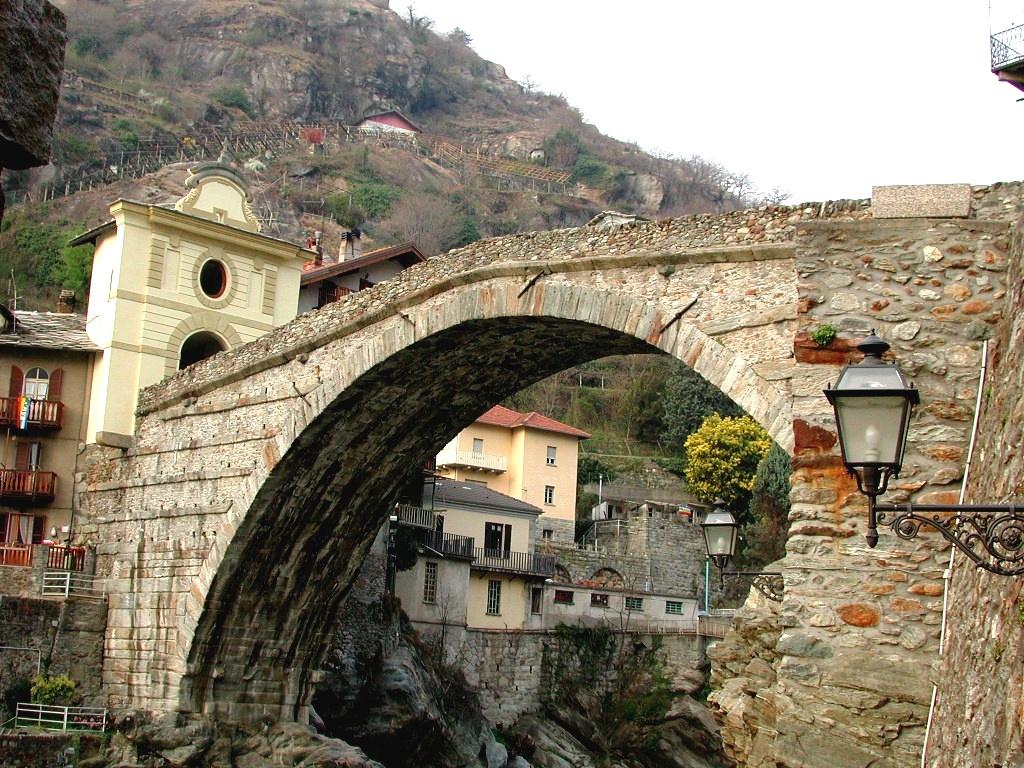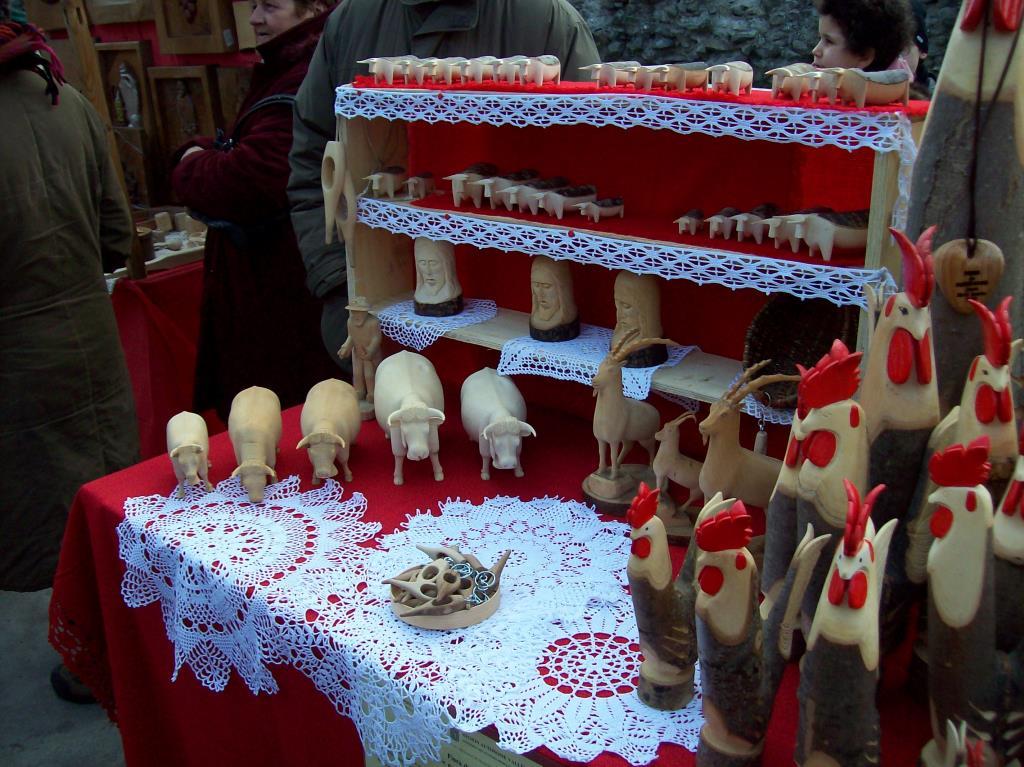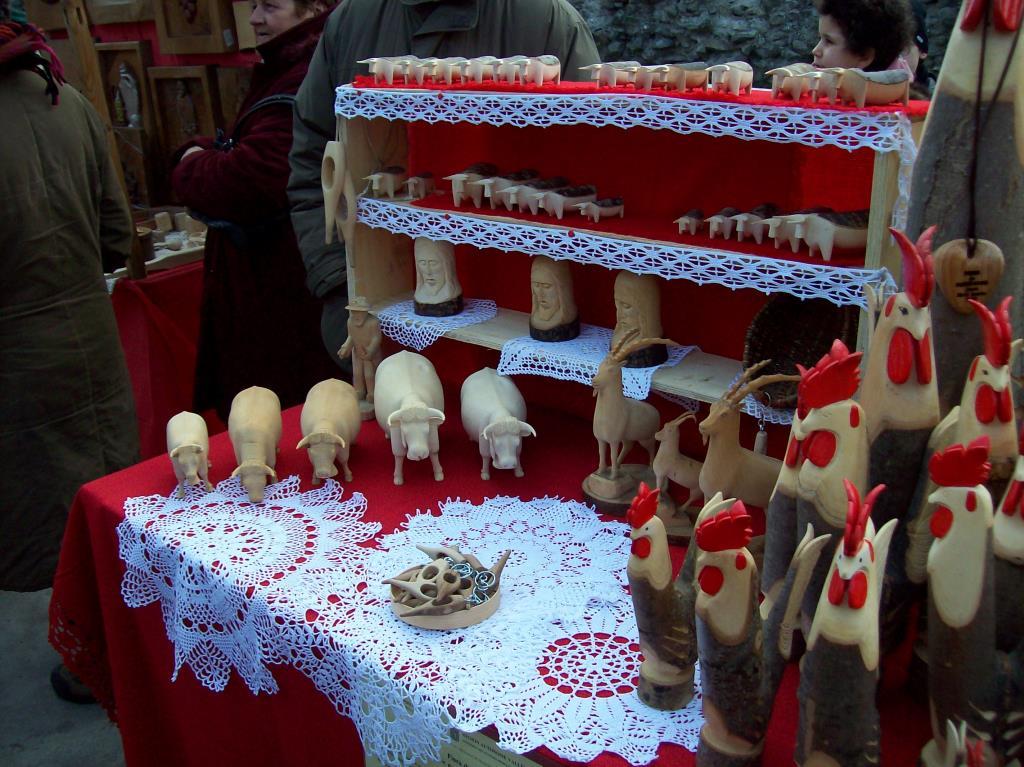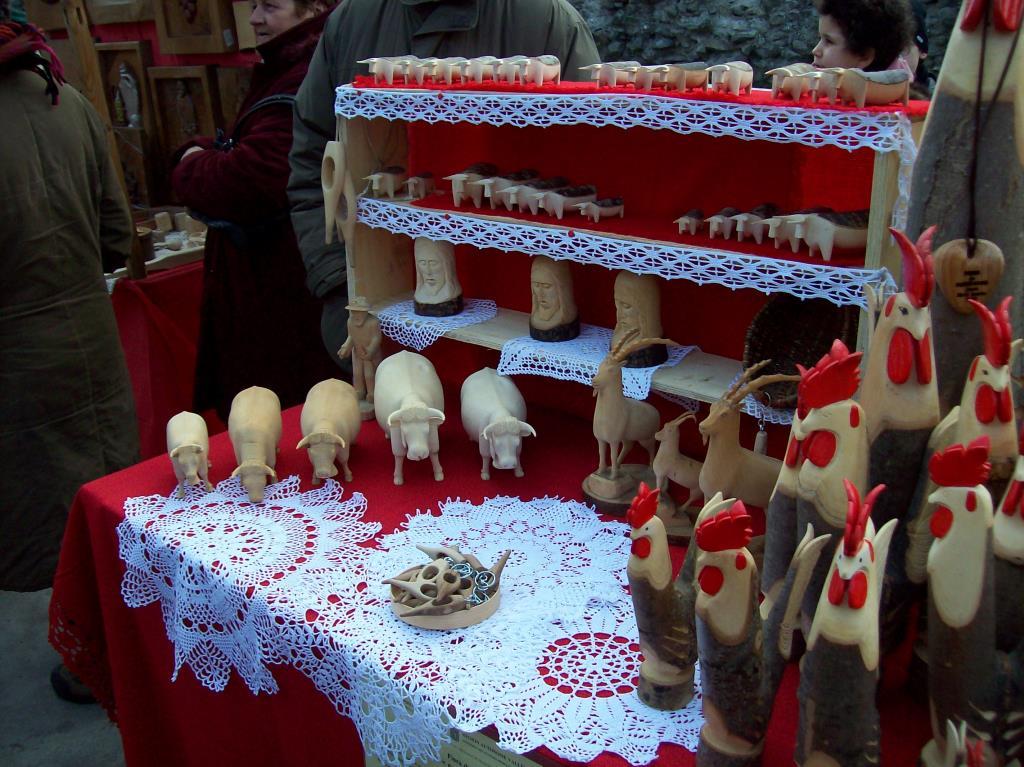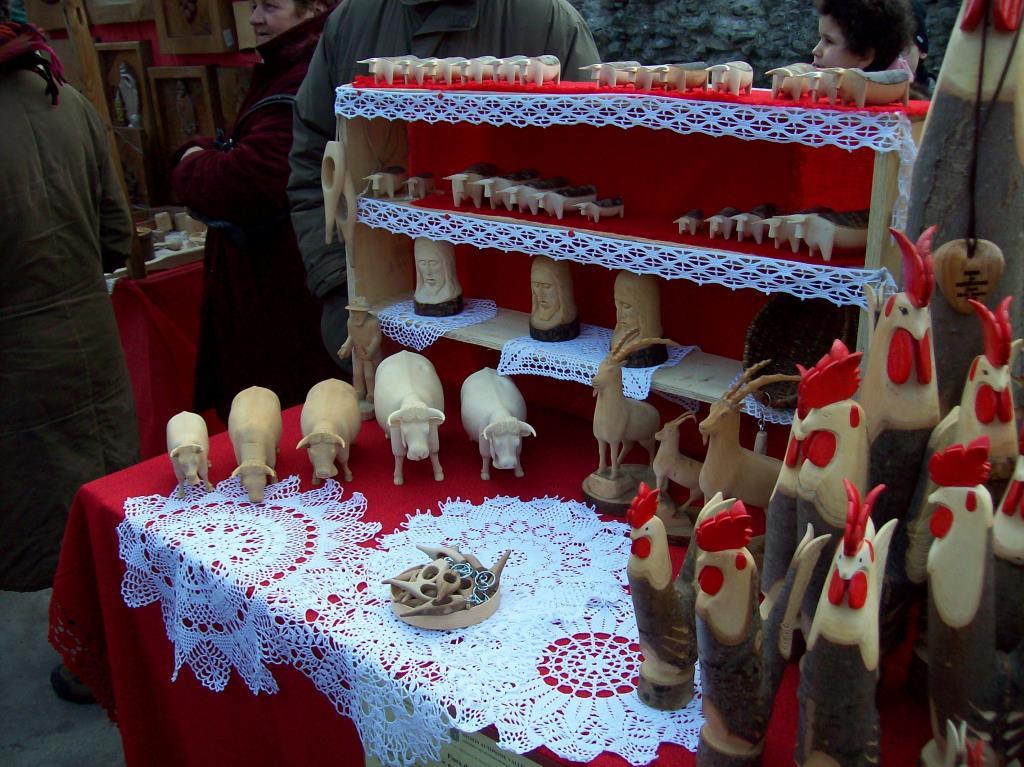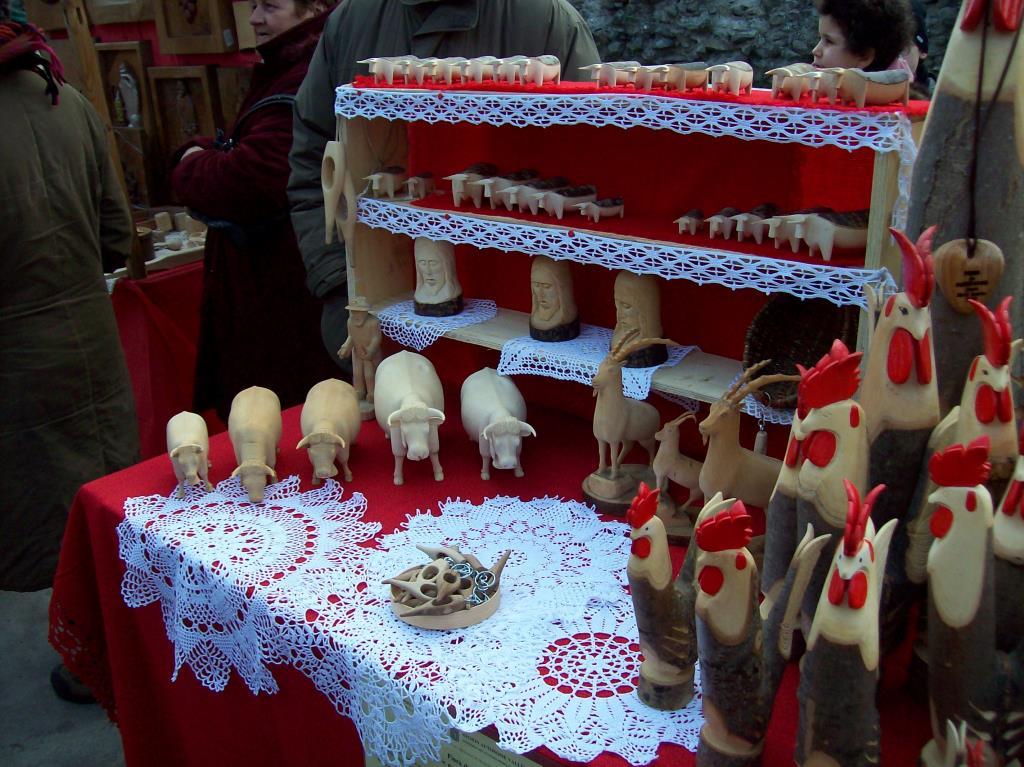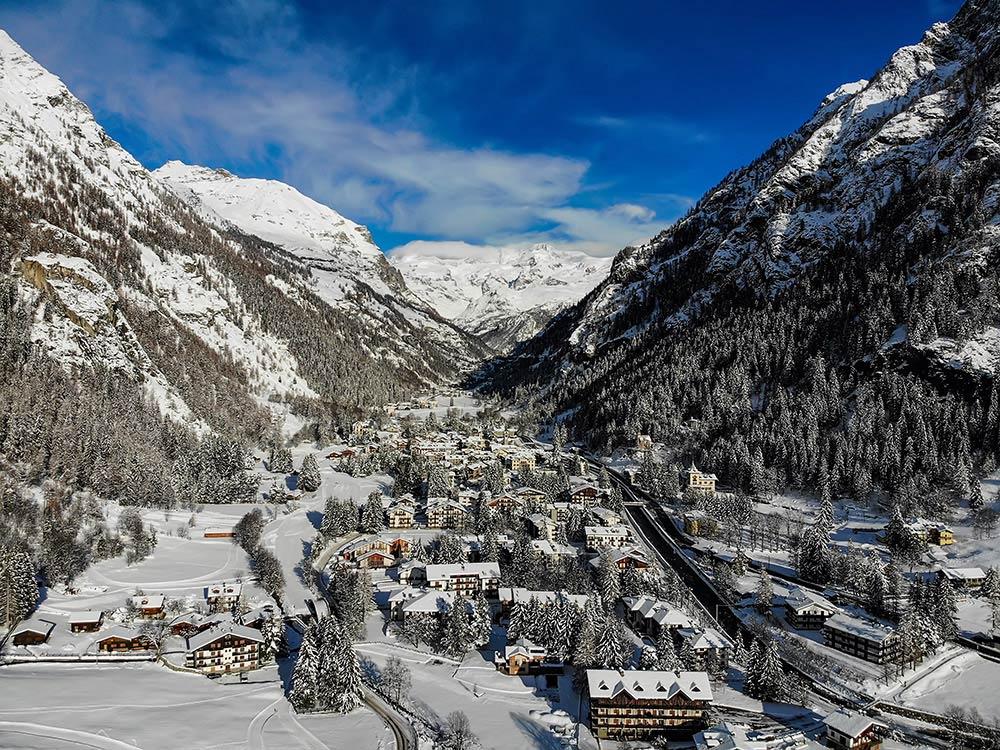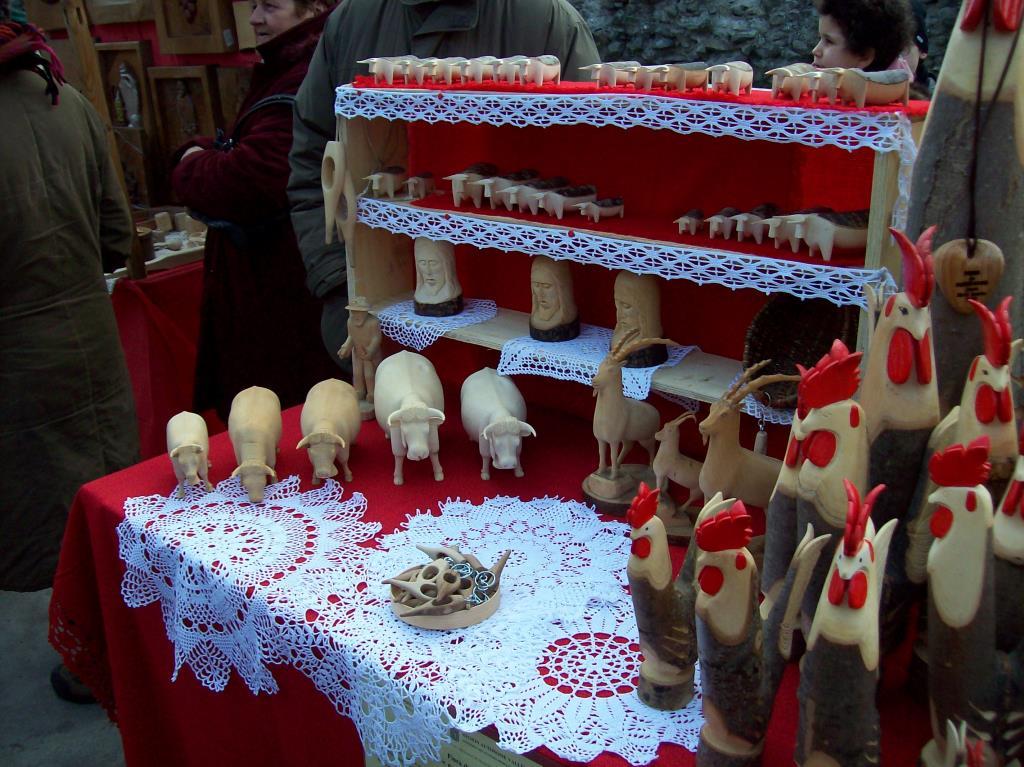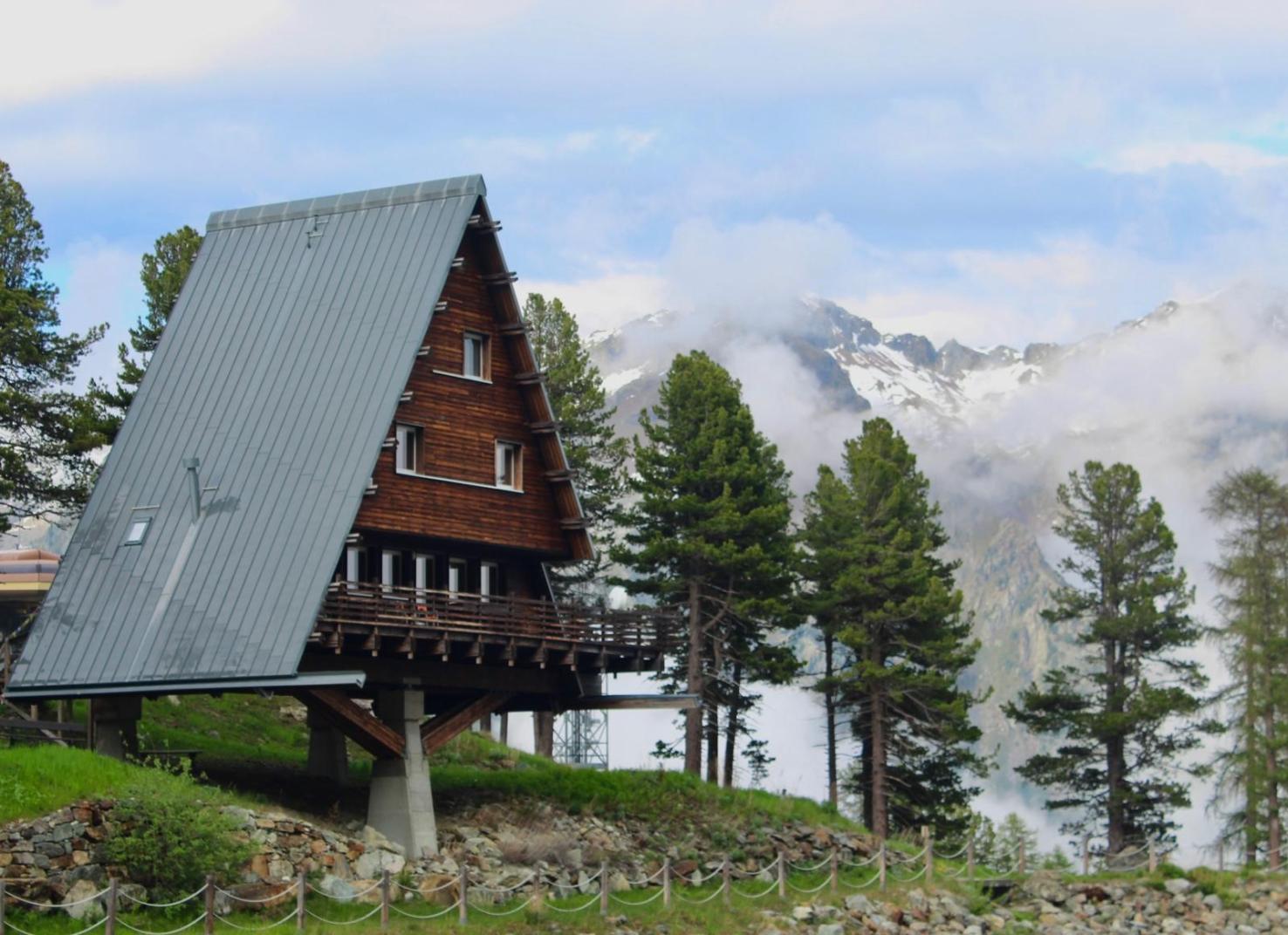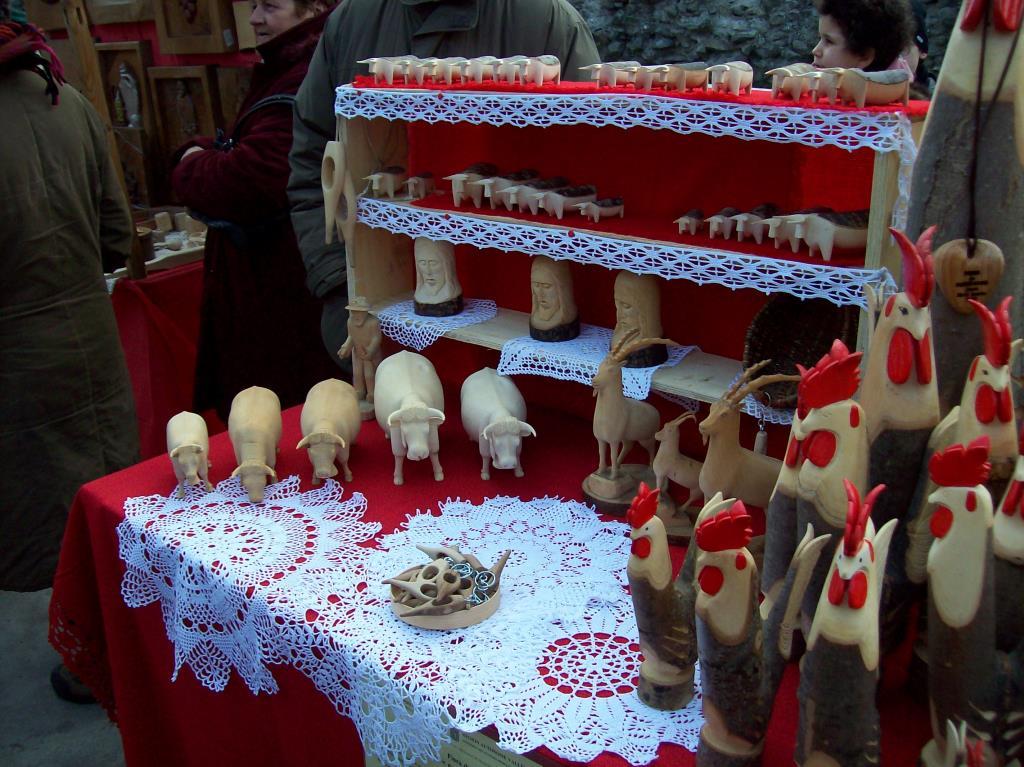The procession which takes place every five years between Fontainemore and Oropa (in Piedmont) follows an itinerary of pre-Roman origins. In fact, communications between the Biella area and the Aosta Valley, when neither the Pont-Saint-Martin bridge nor the solid consular road yet existed, took place more easily via the interval hills than on the valley floor. The devotion of the parishioners of Fontainemore and more generally of the Aosta Valley people towards the Madonna of Oropa to invoke protection from drought, disease and the fury of the natural elements has been attested since at least the Middle Ages.
The date of this evocative religious event is not fixed and generally occurs at the end of July, the hottest period of the year.
The Procession, structured according to a precise and ceremonial order, starts at midnight from the Pillaz chapel and climbs through the villages of the Envers until arriving, through meadows, woods and mountain pastures, at Lake Vargno, then at the Barma mountain pass.
From here the pilgrims then descend to Pian della Ceva, where they await the dawn in prayer at the foot of five crosses which commemorate as many victims of an avalanche, to reach, at the end of the route, the sacred rock of Oropa, under which in It is said that the statue of the Black Virgin was originally located there. Finally, around midday, we arrive at the Sanctuary, where in the afternoon we witness all the ritual celebrations.
The next morning we set off again, following the same path backwards, to reach Fontainemore in the evening.


